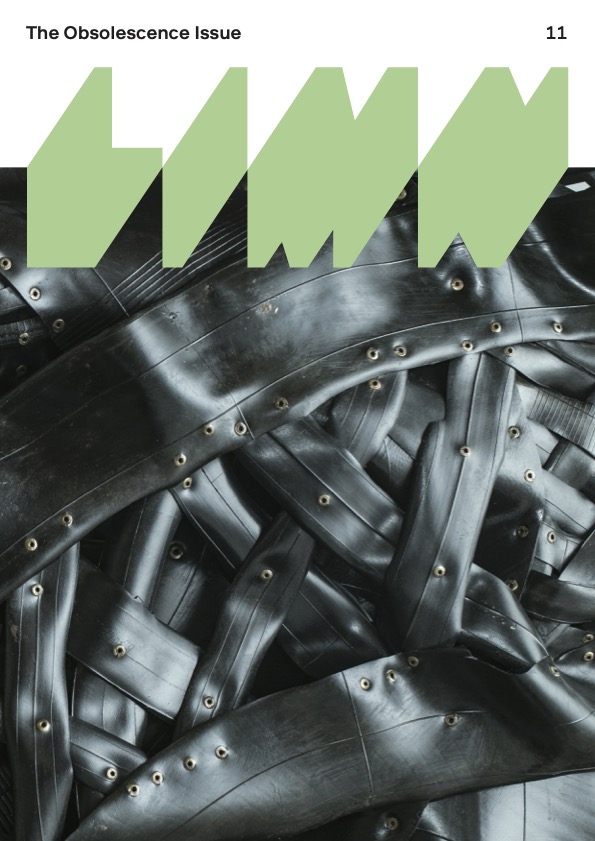

Many magazines have published an “innovation issue.” Limn 11 flips the script with an obsolescence issue. Obsolescence evokes history’s also-rans. Out-of-date. Useless. It indexes the hardscrabble realities of postindustrial zones and animates fears about what artificial intelligence will mean for a variety of livelihoods. More than a label or threat, the problem of obsolescence materializes in mountains of e-waste, and in that box of retired gadgets lurking in your attic. But what if we approached obsolescence as more than a side effect of progress? Could it turn out to be something different, even hopeful? Limn 11 gazes into innovation’s rearview mirror to find out.
In This Issue
Illuminating Obsolescence
The emergence of China’s circular economy
How whaling history lives on in Nantucket’s energy politics
An interview with R2R advocate Kyle Wiens
An artist reimagines objects discarded in Accra’s vulcanizer shops
Why are farmers burying underwear in their fields?
Cochlear implants deemed obsolete in one country become vital in another
How the COVID-19 pandemic resuscitated old satellite technology in Thailand
As media forms come and go, why do cassette tapes live on?
Can deconstruction unlock resources abandoned in late industrial cities?
Facing a post-antibiotic future, scientists and patients forge new alliances in pursuit of old therapies
On the road to Uganda’s future
Mumbai’s discarded taxis are an archive of the city
Traces on the sea
Can the war on life be rendered obsolete?